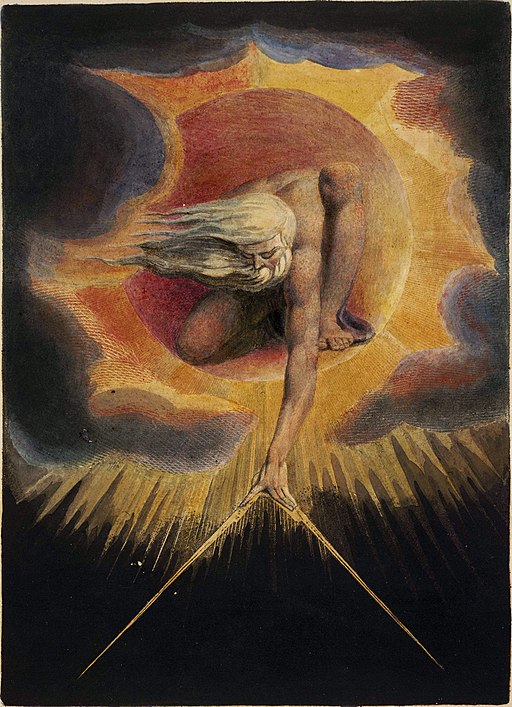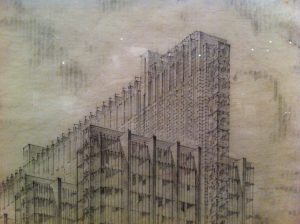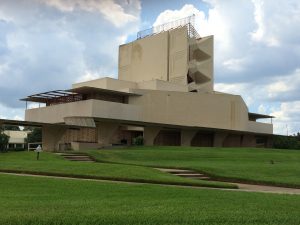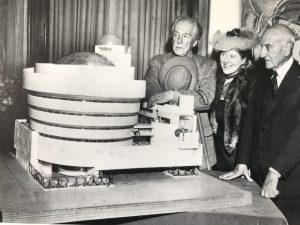Contents
Becoming an Architect
The Profession of Architecture
What do architects do? How do I become an architect? What roles do architects play in our society? These are the types of questions investigated in this first class. Students are introduced to the BArch and BTech curricula of City Tech to understand the various paths they can follow to pursue a career in architecture and related fields.
Barbara can provide links to materials on being an architect
Vitruvian Triad
The Ten Books of Architecture (De architectura) by the First-Century-BC Roman architect, Marcus Vitruvius Pollio, or simply Viruvius, is the oldest surviving text on the practice of design and construction. In it he enumerates seven principles of architecture – order, arrangement, eurythmy, symmetry, propriety, and economy – that guide his theory. However, it was his cursory mention of the three concepts of firmitas, utilitas, and venustus which have prevailed over the centuries as the springboard for the study of architecture, and we will use this framework known as the Vitruvian triad as our starting point for understanding the fundamental concepts of architecture and for the methods of seeing buildings.
Firmitas (strength, solid)

Utilitas (usefulness)

Venustas (beauty, pleasure)

Modes of Representation
There are many ways that architects conceive and represent their ideas. Some methods are as simple as a hand sketch where an idea is quickly captured to be developed more fully later using more sophisticated methods. Others can be three-dimensional models costing thousands of dollars that present a building in meticulous detail. And, oh yes, other methods use the written (and spoken) word to convey an idea.
Drawings: Manually graphic representations of things
Photographs: Mechanical representations of things that exist
Writings: Representations of things described in language
Renderings: Manual or digital representations of things that do not exist
Images: Digital representations of things that do not exist
Models: Physical and digital three-dimensional representations of things
As an introduction to architecture, this course we will consider the foundational methods derived from manual (analog) means of representation.
Class Schedule
- Discussion and Presentation: Becoming an architect: BArch and BTech at Citytech
- Lecture: Looking and seeing
- Lab:
- In-class Writing Exercise: What do you see? Write a one-page description of the building projected on the screen.
- In-class Video: Archiculture: experience architectural studio culture with a visit to Pratt. https://www.youtube.com/watch?v=62r3UPrOS9k&t=751s
Assignment
See Assignments in Menu Bar









